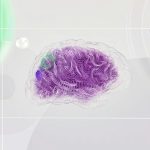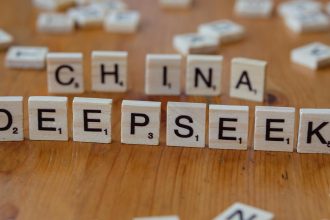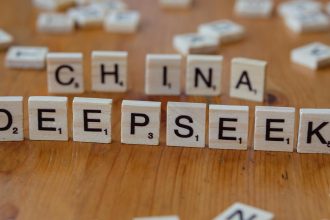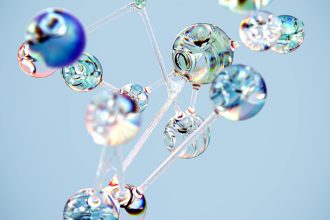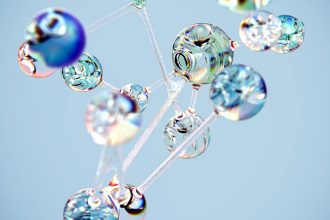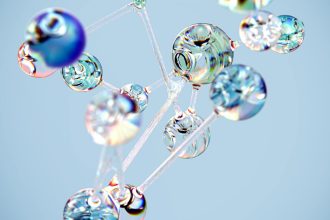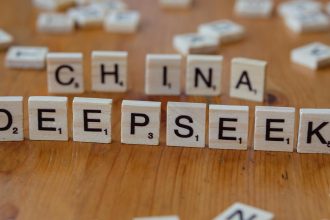protein dynamics in deep learning
Unlocking Biological Insights: Protein Dynamics & AI
Unlocking Biological Insights: Protein Dynamics & AI
The Crucial Role of Protein Movement in Biological Function
Proteins are the workhorses of life, performing an astonishing array of functions within living organisms. While we often visualize them as static structures, their true power lies in their dynamic nature. The subtle, and sometimes dramatic, movements of protein molecules are intrinsically linked to their ability to bind to other molecules, catalyze reactions, and transmit signals. Understanding these intricate motions is paramount to deciphering biological processes and designing novel therapeutics.
However, capturing and interpreting this dynamic behavior presents a significant challenge for researchers. Traditional methods often struggle to fully account for the complex interplay of forces that govern protein flexibility. This is where the convergence of advanced computational techniques and artificial intelligence is proving to be a game-changer.
Advancing Predictions with AI-Driven Protein Dynamics
The ability to predict how changes in a protein’s sequence affect its function and its interactions with other components (epistasis) is a cornerstone of molecular biology and drug discovery. Traditionally, this has been a complex and often empirical process. Now, sophisticated deep learning models are emerging that can leverage the inherent dynamics of proteins to achieve unprecedented predictive accuracy.
These innovative approaches move beyond static snapshots, instead focusing on the inherent flexibility and conformational changes that are critical for protein activity. By integrating principles of physics with the power of machine learning, scientists are building models that can better anticipate how mutations will impact protein fitness and how different parts of a protein interact.
The Power of Physics-Informed Neural Networks
At the forefront of this research are neural network architectures designed to incorporate physical principles. These are not just generic AI models; they are specifically engineered to understand the forces and interactions that drive protein behavior. This fusion of biophysics and artificial intelligence allows for a more nuanced and accurate representation of biological systems.
By quantifying the subtle, yet critical, ways in which different parts of a protein move and influence each other, these models can provide deeper insights into protein function. This is a significant leap forward from methods that might only consider the average structure or a limited set of possible conformations.
Key Components of Advanced Predictive Models
Developing these powerful predictive tools involves several key considerations:
- Capturing Dynamic Information: Moving beyond static representations to actively model protein flexibility and motion.
- Integrating Physical Principles: Embedding fundamental biophysical concepts into the AI architecture to guide learning.
- Quantifying Inter-Residue Interactions: Developing metrics that accurately measure how amino acid residues influence each other’s dynamics.
- Deep Learning Architectures: Employing sophisticated neural networks capable of learning complex patterns from dynamic protein data.
The Significance of Dynamic Coupling Indices
A crucial aspect of these models involves metrics that can quantify the relationships between different parts of a protein. For instance, measures that assess how the movement or perturbation of one amino acid residue affects others are vital. These indices help the AI understand the interconnectedness within a protein structure.
By analyzing these dynamic couplings, the AI can learn to predict:
- How a specific mutation might alter protein stability or activity (fitness).
- How changes in one part of the protein will affect the behavior or interaction of another part (epistasis).
This detailed understanding of protein dynamics allows for more accurate predictions of functional outcomes, which is invaluable for various scientific endeavors.
Applications and Future Implications
The advancements in AI-driven protein dynamics prediction have far-reaching implications across several fields. In drug discovery, these models can accelerate the identification of promising drug candidates by predicting how potential therapeutics will interact with target proteins and how mutations might confer resistance. This can significantly reduce the time and cost associated with developing new medicines.
Furthermore, in synthetic biology, understanding protein dynamics is essential for designing novel proteins with tailored functions. Researchers can leverage these predictive capabilities to engineer enzymes for industrial applications or to create new biomaterials with specific properties. The ability to accurately forecast the impact of genetic modifications on protein behavior opens up new avenues for innovation.
For a deeper understanding of protein structure and function, consider exploring resources from institutions like the National Institutes of Health (NIH). Additionally, the Research Collaboratory for Structural Bioinformatics (RCSB) Protein Data Bank offers extensive structural data that fuels these AI models.
Conclusion: A New Era in Biological Prediction
The integration of protein dynamics into deep learning models represents a significant leap forward in our ability to predict biological outcomes. By moving beyond static views and embracing the inherent flexibility of proteins, researchers are gaining powerful new tools to understand and engineer biological systems. This convergence of physics, AI, and biology promises to accelerate discoveries and drive innovation across numerous scientific disciplines.
protein dynamics in deep learning, protein dynamics, deep learning, neural network, fitness prediction, epistasis, AI in biology, protein function, computational biology
“protein dynamics in deep learning”



